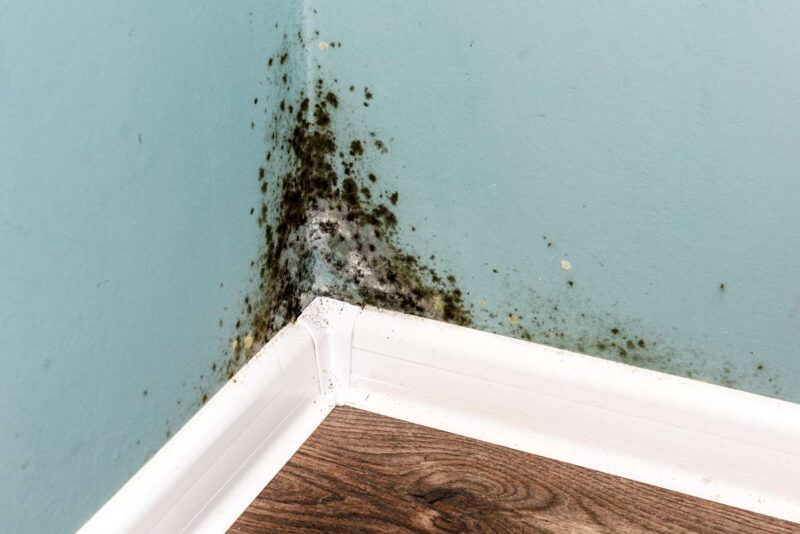Mold is a common household issue that can have serious implications for both the health of occupants and the integrity of the building itself. Understanding the basics of mold growth, its causes, and how to effectively address and prevent it is essential for homeowners.
From identifying common types of mold to implementing proper remediation techniques, having a comprehensive understanding of this topic can help mitigate the risks associated with mold presence in your home. In this article, we will delve into the intricacies of mold in homes, providing insights and practical tips to help you safeguard your living environment.
Health Risks Associated with Mold Exposure

Exposure to mold in the home poses serious health risks that shouldn’t be ignored. Mold growth in damp or humid areas can release spores into the air, which, when inhaled, can trigger allergic reactions or worsen existing respiratory conditions.
Symptoms of mold exposure can include coughing, sneezing, headaches, and respiratory issues. Prolonged exposure to mold has been linked to more severe health problems such as asthma, allergies, and even lung infections in some cases.
Its important to address any mold issues in the home promptly to protect your health and well-being.
Common Types of Mold Found in Homes

There are several common types of mold that can be found in homes, each with their own unique characteristics and potential health risks. One common type of mold is Stachybotrys chartarum, also known as black mold, which can thrive in areas with high humidity and poor ventilation.
Another type of mold frequently found in homes is Aspergillus, which can cause allergic reactions and respiratory issues in individuals with compromised immune systems. Additionally, Cladosporium is a type of mold that can grow on fabrics, wood, and other porous materials, leading to discoloration and potential damage.
Its important to be aware of these common types of mold and take steps to prevent their growth in your home to maintain a safe and healthy living environment.
Signs of Mold Growth in Your Home

If you suspect that mold may be growing in your home, there are several signs to look out for. One of the most common signs of mold growth is a musty or earthy smell in certain areas of your home.
This odor is often a telling indication that mold is present and actively growing. Another sign to be aware of is the presence of water stains or discoloration on walls, ceilings, or floors, as these can be a breeding ground for mold.
Additionally, if you notice any areas of peeling or bubbling paint, this could also be a sign of mold lurking beneath the surface. It is essential to address these signs of mold growth promptly to prevent further issues and maintain a healthy living environment.
Conclusion
In conclusion, it is essential for homeowners to have a thorough understanding of mold in the home and its potential hazards. By recognizing the signs of mold growth, taking preventive measures, and addressing any issues promptly, individuals can safeguard their health and the structural integrity of their property.
Regular mold assessments conducted by professionals can also help identify and mitigate any underlying issues. Ultimately, staying informed and proactive in managing mold in the home is crucial in creating a safe and healthy living environment for all residents.


